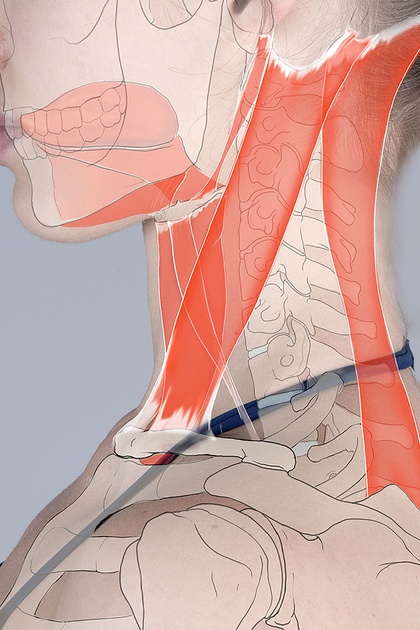
Posture check and gait analysis
Standing, walking, and running. The activities change, the body stays the same. If you are aware of your own posture and movement patterns, you’ll get more out of running – and life.
This article is brought to you by Medical Running
The posture check
I'll get straight to the point: take a close look at the two images. In the left picture (a), the head, chest, and pelvis are perpendicular to the feet. In the right picture (b), the body parts are out of alignment. Now please take a profile picture of yourself – either from a photo album or your smartphone. Compare it with figures a) and b). Look for forward and backward deviations, draw these on the photo or draw a line sketch.
Now take a picture of yourself, this time from the front. Compare it with the figure. Draw your left/right asymmetries on the photo.
Both views together – from the side and from the front – give a 3D impression of your posture. You will find several «deviations" – from a mild imbalance to obvious postural faults. Now identify two or three anomalies that are particularly noticeable to you: Round back? Hollow back? Forward head? Pelvic obliquity? O or X-legs?
Gait analysis
If you have managed to identify your major postural faults when standing, you’re already halfway there. Congratulations! One important question now needs to be clarified. How do the dynamics of the postural faults behave when walking and running? Do they improve or get worse?
It is quite clear that we are not in the gait laboratory with force plates, camera, & highlighter, etc. to measure and analyse your movement patterns down to the smallest detail. No, here we are only dealing with the obvious, the easily recognisable, the essential. Take a few photos or video shots of yourself with your smartphone – from the side and from the front. Look at the images and trust your intuition:
- If you can see a spontaneous improvement in your movement when compared to standing, this proves that your body «lines itself up» under load. Great!
- If it gets worse, you can assume that while running regularly strengthens your heart, your joints and muscles will become damaged in the long term.
This may be of interest for you too


